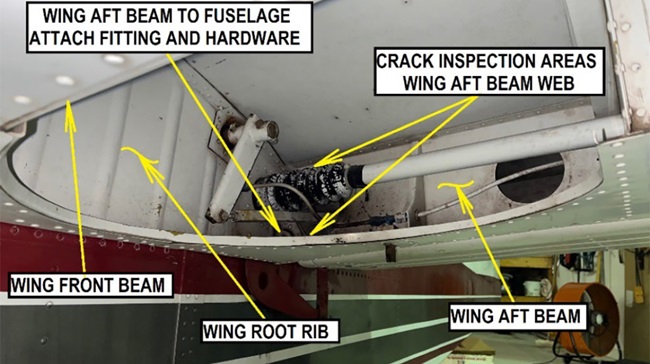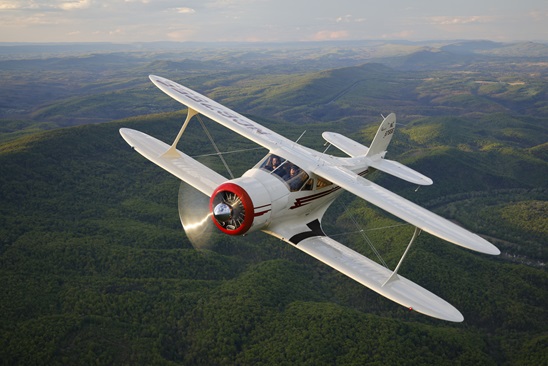Airspace in the vicinity of a regional airport in the mountains of western Colorado is now under the gaze of technology that helps air traffic control track aircraft in the absence of radar coverage.
ATC is getting its new view of the rocky reaches around 5,759-foot-elevation Montrose Regional Airport from the Wide Area Multilateration (WAM) project, “a NextGen technology that tracks aircraft using a network of small sensors deployed in remote areas. Aircraft transponders receive and send back signals to these sensors. System computers immediately analyze those signals and determine the aircraft’s precise location,” said an FAA news release.
No additional equipment is required to be installed in aircraft being tracked by WAM technology.
Deployment of WAM around Montrose advances a joint FAA-Colorado Department of Transportation program that is already providing the “radar-like service” around Craig, Hayden, Steamboat Springs, and Rifle.
“We are constantly looking for ways to improve efficiencies,” said Colorado Department of Transportation Aeronautics Division Director David Gordon.
Deployment of the system is scheduled around Durango, Gunnison, and Telluride, Colo., in 2013. The Colorado Department of Transportation Aeronautics Division paid for sensor site preparation, equipment, power, and telecommunications. The FAA maintains and operates the system, the agency said.
WAM is also providing service in Juneau, Alaska.
In 2009 AOPA reported that the FAA had begun to operate WAM at Colorado airports that are located near popular ski resorts but outside radar coverage. The mountainous terrain made one-in, one-out aircraft sequencing necessary during instrument meteorological conditions.
WAM also serves as a bridge to Automatic Dependent Surveillance-Broadcast (ADS-B)—the backbone of NextGen’s satellite-based air traffic control system. AOPA has long advocated for access to nonradar areas as a NextGen priority goal.
“Safety is our highest priority, and this is an excellent example of state and federal governments working together to not only improve safety and efficiency, but also provide immediate economic benefits,” said Transportation Secretary Ray LaHood.
WAM will allow search-and-rescue missions to proceed when past missions would have been grounded, and supports Colorado tourism by reducing flight diversions and delays for weather, said Acting FAA Administrator Michael Huerta.



